Learn your own way
How do you learn best? Have you ever thought that if you understood what your own way is you might get better results? Below are study strategies for each method.
In the links next to it you will find useful tips and techniques for a better response to the challenges of your studies.
There are the following types of preference for learning:
- Optics
- Acoustics
- Reading / Writing
- Kinesthetic
OPTICS
- Organize your space
- Sit at the front of the class so you are not distracted and away from windows and doors.
- Avoid sitting in front of maps or bulletin boards during class
- Use organized and typed study material
- Use written repetition of material (copying from a book, etc.), flashcards for better memory
- Use cards, sticky notes and other reminders.
- Underline with pencil, pen, markers
- At the time of the examination, bring the information in your mind 'photographically'
- Take part in class or group activities
ACOUSTICS
- Study in a quiet environment and avoid areas with dialogue, music and television
- Sit away from doors or windows
- Repeat the material out loud
- Don't miss the course lectures
- Discuss the material with fellow students, professors, etc
- Turn what you have written in diaries and notebooks (even notes) into audio material by recording your voice.
READ / WRITE
- Use handouts, books and notes when reading
- Rewrite the material in your own words
- Make lists and organize them into categories
- Read and write your notes over and over again
EMOTIONAL
- Participating in dialogues.
- Use all your senses in lectures, reading, understanding
- Imagine the time of the exam and get into the process
- Teach the material to someone else
- Write your own questions and scenarios
